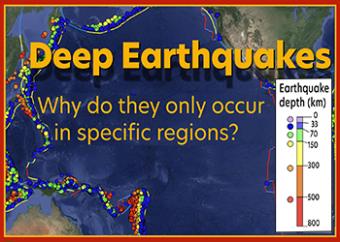
Why do they only occur in specific regions?
Why is it that the majority of earthquakes occur at less than 100 km depth, while deeper earthquakes occur in few locations world wide? In this animation, we will investigate why spreading ocean ridges and transform faults have only shallow earthquakes whereas subduction zones can produce earthquakes hundreds of kilometers deep.
Topics covered:
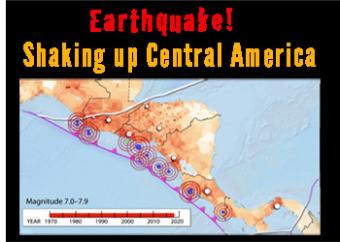
Central America is one of the most vulnerable and highest risk areas in the world for earthquakesis. It is squeezed by five tectonic boundaries, including a subduction zone boundary where the Cocos Plate dives beneath the Caribbean Plate. High risk is due to the complicated complicated tectonic landscape is populated by 50 million people, often in villages built before earthquakes were understood.
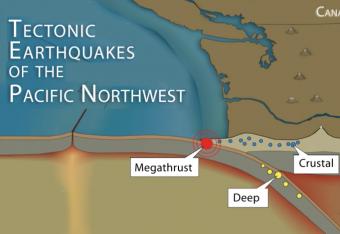
It is common knowledge that the Pacific Northwest can expect a subduction-zone megathrust earthquake in the future. But did you know that there are other types of damaging earthquakes. This animation uses analogies and cartoon block diagrams to teach about the three types of earthquakes.
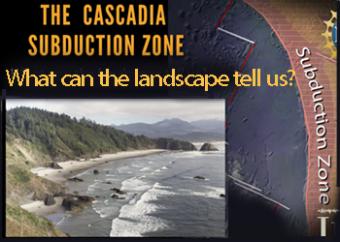
The Cascadia Subduction Zone of the Pacific Northwest is comprised of a collection of major geographic features, including the subducting plate, the subduction plate boundary, the Coast Range, the Puget-Willamette lowlands, and the Cascades Mountain Range.
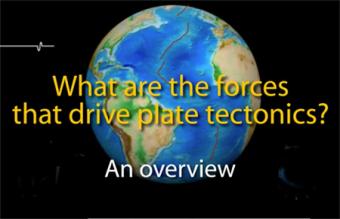
UPDATED (Jan, 2022) - New Ending On Convection
Lithospheric plates are part of a planetary scale thermal convection system. The energy source for plate tectonics is Earth’s internal heat while the forces moving the plates are the “ridge push” and “slab pull” gravity forces.
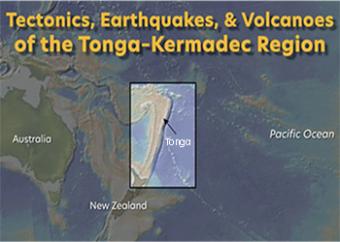
Tonga-Kermadec subduction zone, along the southwestern part of the circum-Pacific “Ring of Fire”, produces tsunami-generating earthquakes and volcanoes, including the explosive eruption of Hunga Tonga-Hunga Ha’apai in 2022.
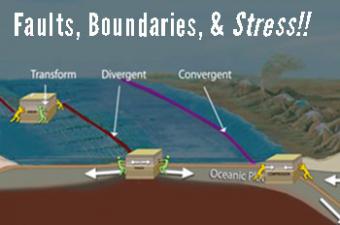
[updated 2021] Earth-science educators, do you ever get asked, "What is stress? Why do faults form in Earth’s crust? or How are faults related to plate boundaries?" This animation describes stress in Earth's outer layer and how it leads to both faults and tectonic plate boundaries.
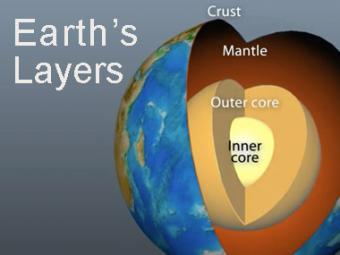
The Earth has 3 main layers based on chemical composition: crust, mantle, and core. Other layers are defined by physical characteristics due to pressure and temperature changes. This animation tells how the layers were discovered, what the layers are, and a bit about how the crust differs from the tectonic (lithospheric) plates, a distinction confused by many.
We encourage the reuse and dissemination of the material on this site as long as attribution is retained. To this end the material on this site, unless otherwise noted, is offered under Creative Commons Attribution (CC BY 4.0) license